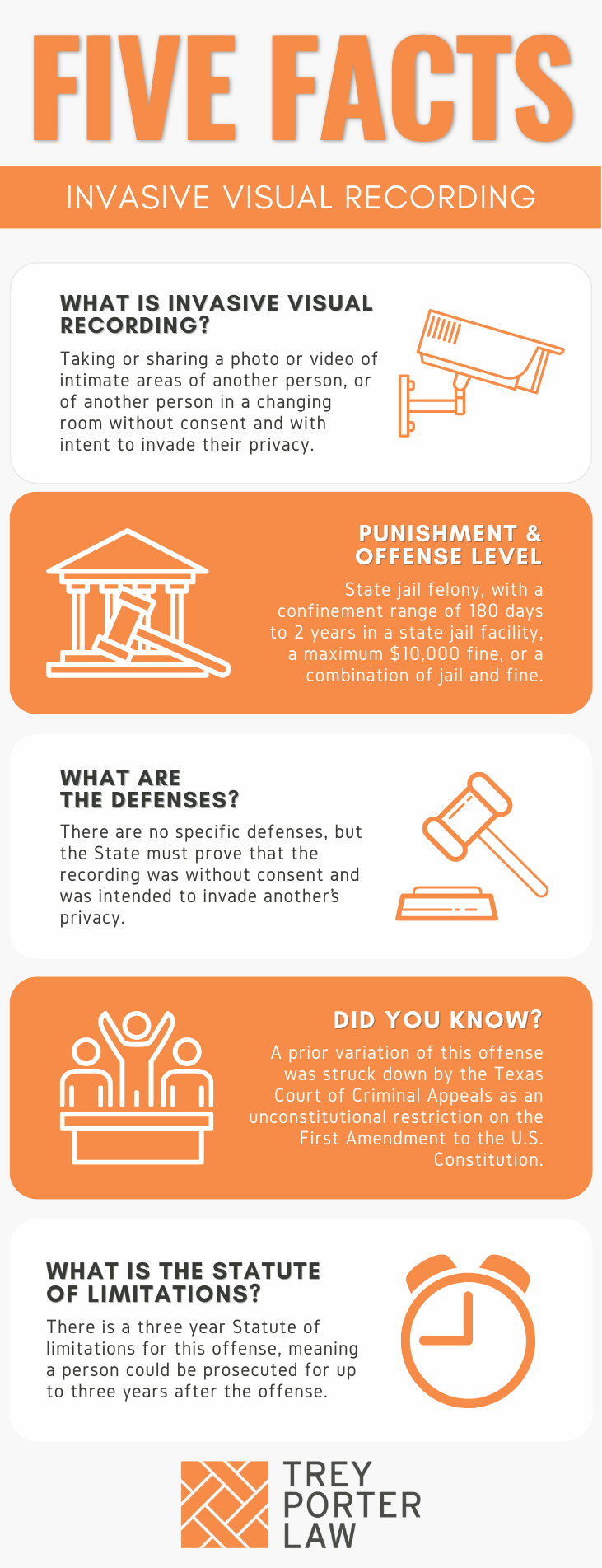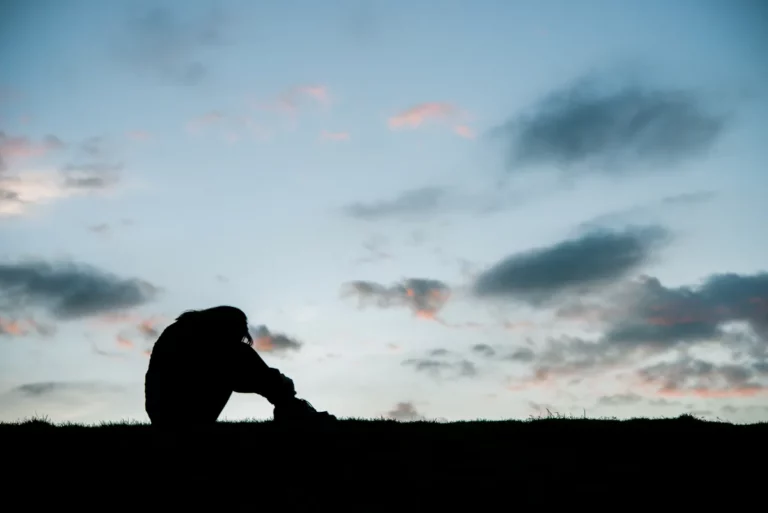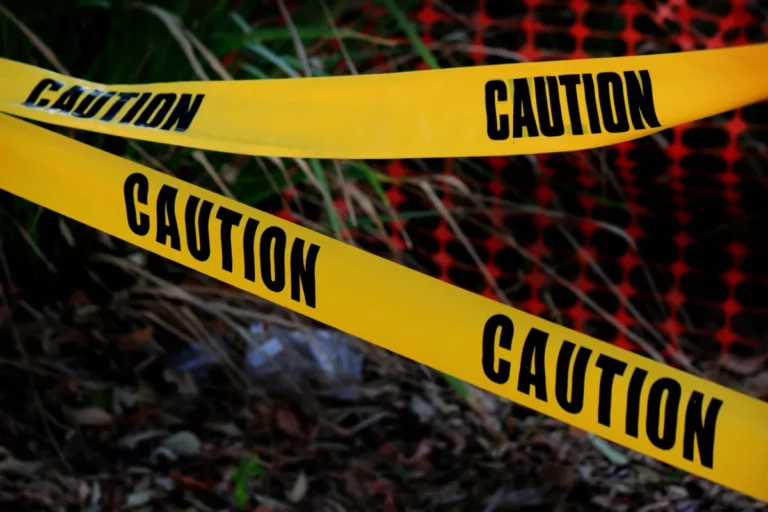WHAT IS INVASIVE VISUAL RECORDING IN TEXAS?
Invasive visual recording prohibits recording or photographing another’s “intimate area” without permission, if the intimate area is not subject to public view. The statute also prohibits recording or photographing others in a bathroom or changing room, in addition to transmitting any prohibited photograph or recording.

WHAT IS THE INVASIVE VISUAL RECORDING LAW IN TEXAS?
Tex. Penal Code § 21.15. INVASIVE VISUAL RECORDING.
(b) A person commits an offense if, without the other person’s consent and with intent to invade the privacy of the other person, the person:
(1) photographs or by videotape or other electronic means records, broadcasts, or transmits a visual image of an intimate area of another person if the other person has a reasonable expectation that the intimate area is not subject to public view;
(2) photographs or by videotape or other electronic means records, broadcasts, or transmits a visual image of another in a bathroom or changing room; or
(3) knowing the character and content of the photograph, recording, broadcast, or transmission, promotes a photograph, recording, broadcast, or transmission described by Subdivision (1) or (2).
(c) An offense under this section is a state jail felony.
(d) If conduct that constitutes an offense under this section also constitutes an offense under any other law, the actor may be prosecuted under this section or the other law.
(e) For purposes of Subsection (b)(2), a sign or signs posted indicating that the person is being photographed or that a visual image of the person is being recorded, broadcast, or transmitted is not sufficient to establish the person’s consent under that subdivision.
WHAT IS THE PENALTY CLASS FOR INVASIVE VISUAL RECORDING IN TEXAS?
Invasive visual recording is a state jail felony, punishable by 180 days to two years in a state jail facility.
WHAT IS THE PUNISHMENT RANGE FOR INVASIVE VISUAL RECORDING IN TEXAS?
The punishment range for invasive visual recording, a state jail felony, is 180 days to two years in a state jail facility, and a maximum fine of $10,000.
WHAT ARE THE PENALTIES FOR INVASIVE VISUAL RECORDING IN TEXAS?
As an alternative to state jail time, a person may be placed on probation after a conviction, or deferred adjudication to avoid a conviction, for a period between two and five years.
WHAT ARE THE DEFENSES TO INVASIVE VISUAL RECORDING IN TEXAS?
These types of cases are typically defended by asserting one’s First Amendment protection of free speech.
- When are photographs and video recordings protected by the First Amendment? Photographs and visual recordings are inherently expressive, so they are generally protected by the First Amendment. Sexual expression through photographs that might be indecent, but not obscene, are protected by the First Amendment if such expression is enjoyed solely within the confines of the home. The government may not regulate one’s mind. Rather, regulating obscene photographs and videos, such as laws against possessing child porn, may be regulated for the purpose of outlawing the evils of child exploitation.
- What if someone is exposing their “intimate areas” in public? The person being photographed or recorded must have a reasonable expectation that the intimate area is not subject to public view. This means, under most circumstances, that one’s body parts exposed to the public are subject to being legally photographed or recorded.
WHAT IS THE STATUTE OF LIMITATIONS FOR INVASIVE VISUAL RECORDING IN TEXAS?
The limitation period for invasive visual recording, a state jail felony, is three years.
INVASIVE VISUAL RECORDING IN TEXAS
The invasive visual recording statute protects people’s rights to personal seclusion, bodily integrity, and sexual privacy. The ubiquity of camera phones has forced lawmakers and courts to make a choice regarding photographing and video recording others: how far should it go?
- To what extent do people have a reasonable expectation of privacy in their intimate areas while they are out in public? There is always a chance of being photographed in public, despite most people not thinking about it. Taking photos and videos of people in public, of the areas of their bodies they have exposed to the public, is not unusual, suspicious, or criminal.
TEXAS INVASIVE VISUAL RECORDING COURT CASES
The case law regarding invasive visual recording in Texas analyzes the constitutionality of the statute and purported restrictions on free speech. Some conduct is very clearly not protected free speech.
- In Reed v. State, for example, a woman was browsing music and movies in a record store when she heard a camera shutter click behind her. The defendant, who had angled his camera phone under the woman’s skirt to take a photo, was ultimately convicted of invasive visual recording. On appeal, he argued the photo was blurry, so he should have been convicted of the lesser-included offense of attempted invasive visual recording. But the court of appeals affirmed the conviction, explaining the existence of a photograph, albeit a blurry one, shows the defendant completed the offense.
















